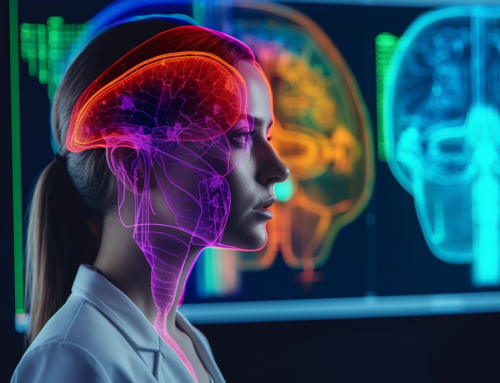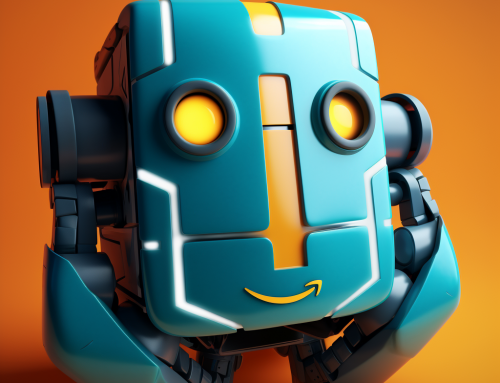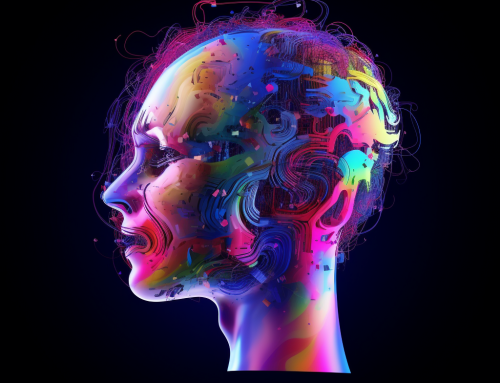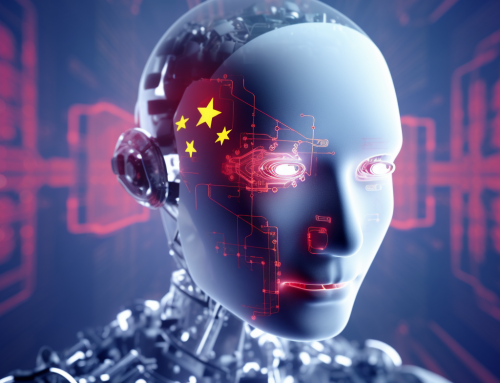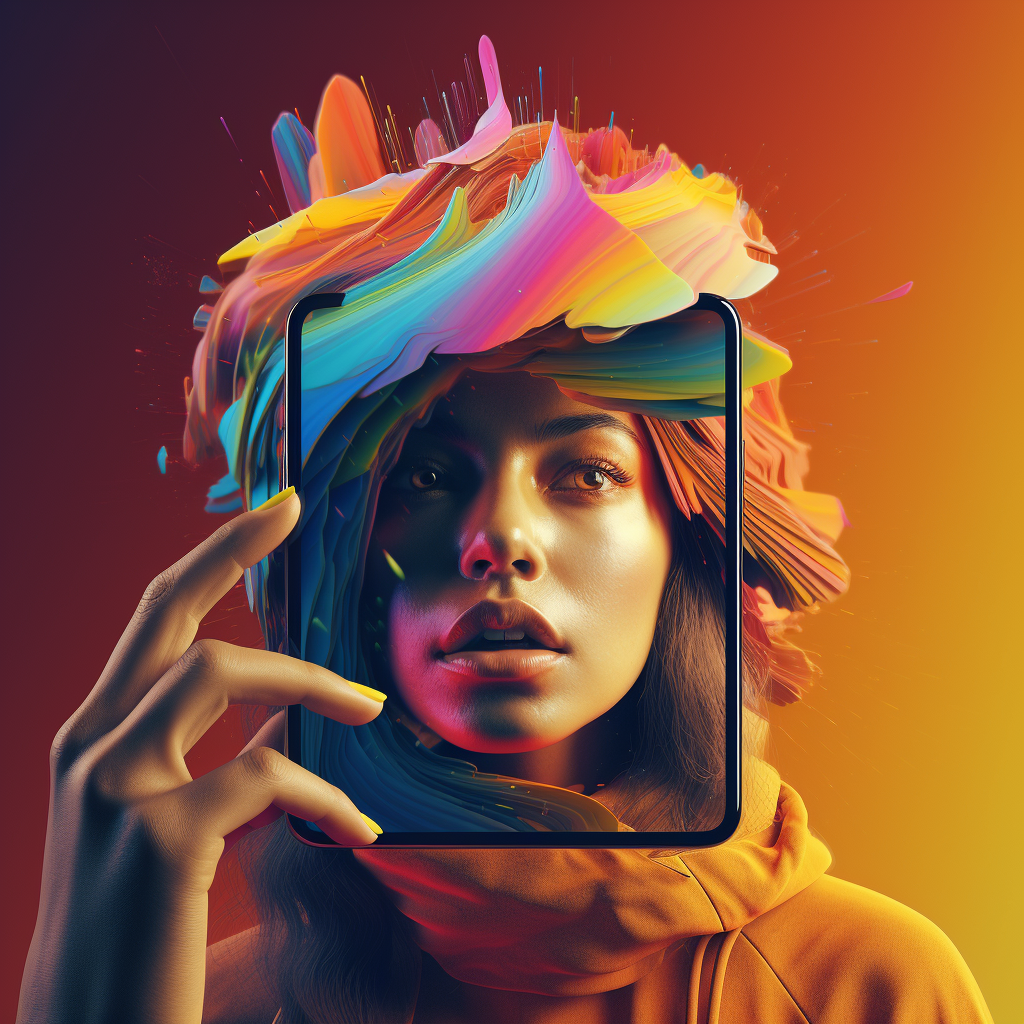
Google has been making significant strides in the realm of artificial intelligence (AI), and its latest innovation, Lumiere, is a clear testament to that. Lumiere is an AI model developed by Google that uses an innovative approach known as Space-Time U-Net architecture. This architecture has been specifically designed for video synthesis, pushing the boundaries of AI capabilities in the video content creation space
The standout feature of Lumiere lies in its ability to animate static images, react to natural language prompts, and perform complex video inpainting. This is achieved through the utilization of advanced features that set Lumiere apart from traditional AI models.
At its core, Lumiere is built on a text-to-image (T2I) model. However, it is not solely dependent on this. For the production of high-resolution images, Lumiere requires a spatial super-resolution module. This combination of a T2I model and a spatial super-resolution module makes Lumiere a powerful tool in the generation of low-resolution videos.
Specifically, Lumiere is designed to generate full-frame-rate, low-resolution videos. The videos produced depict realistic, diverse, and coherent motion, showcasing the capabilities of this ground-breaking AI model. Unlike other video generation models, Lumiere places a strong emphasis on global temporal consistency. This is achieved by the model’s ability to process videos at multiple space-time scales.
However, Lumiere does have its limitations. For instance, it currently does not support the generation of videos that involve multiple shots or scene transitions. This means that while Lumiere is highly effective in its designated tasks, it might not cater to all video generation needs.
Despite these limitations, Lumiere’s main goal is to democratize the production of visual content. It is designed to enable novice users to create engaging and high-quality visual content. This reflects Google’s commitment to responsible AI development, making advanced technology accessible and usable for all.
Despite being a significant step forward in text-to-video AI generation, Lumiere is still in its research phase. Its wider release is subject to policy considerations. However, even in its current state, Lumiere is a shining example of the potential of AI in revolutionizing how we create and consume video content. It will be interesting to see how Lumiere develops and evolves in the future, and the impact it will have on the broader landscape of AI and video content creation.
Connect with our expert to explore the capabilities of our latest addition, AI4Mind Chatbot. It’s transforming the social media landscape, creating fresh possibilities for businesses to engage in real-time, meaningful conversations with their audience.


